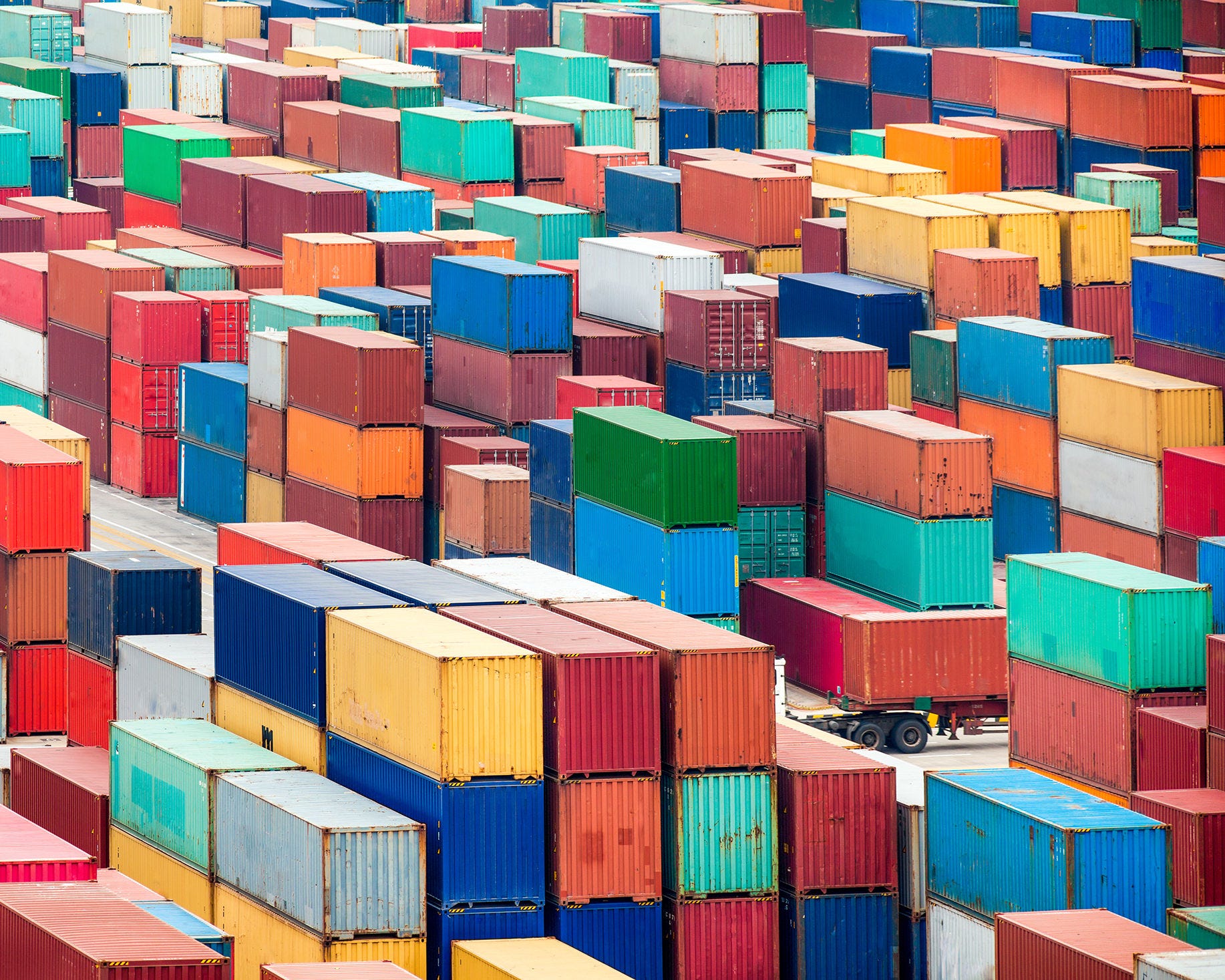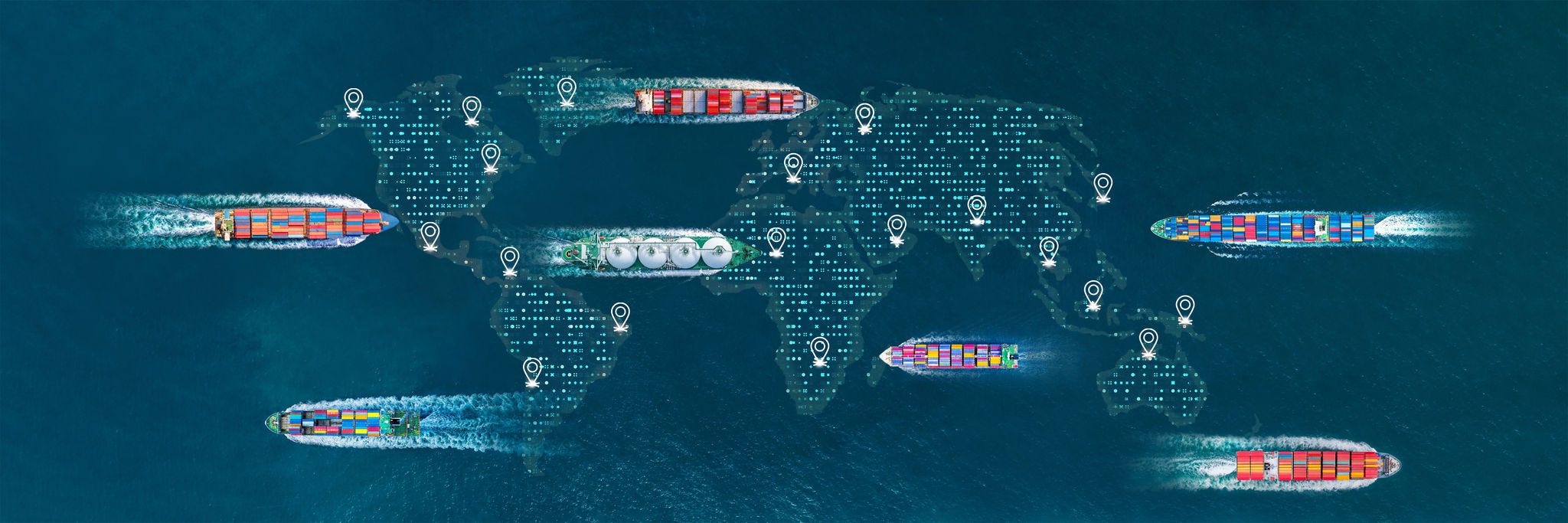The availability of accurate, timely and comparable international trade statistics is key for informed policymaking. However, trade data as reported by countries often lack the required level of detail, are inconsistent, or present challenges such as asymmetries (i.e. the exports of country A to country B rarely match the imports of B from A, both for merchandise and for services trade). To mitigate these problems and enable a better understanding of global trade patterns, the OECD produces two analytical datasets, the OECD Balanced International Merchandise Trade dataset (BIMTS) and the OECD-WTO Balanced Trade in Services dataset (BaTIS). Both build on officially reported statistics and rely on transparent methodologies, developed in collaboration with national statistical offices and other international organisations.
Measuring international trade
In an interconnected world, international trade plays a crucial role in economic development. However, keeping track of the flows of goods and services across countries is no easy task, due to the complexity of international supply chains and the growing role of digitally delivered trade. The OECD collects, harmonises, and disseminates various statistics related to international trade and globalisation. Building on officially reported data, the OECD also addresses issues like data gaps, asymmetries, and other data complexities to provide analysts and policymakers with better evidence and more reliable insights. Through strong collaboration with its Members, the OECD leads in advancing measurement techniques and contributes to setting global standards for measuring international trade.
Key links

Key messages
International transport and insurance costs, which correspond to the value of the transport and insurance services performed to deliver the goods from the border of the exporting country to the border of the importing country, have a direct and material impact on trade patterns and on a country’s competitiveness. Despite their importance, quantifying these costs has long been a challenge for statisticians and policymakers alike. The OECD provides this information in the International Transport and Insurance Costs of merchandise trade (ITIC) database, which includes reported data as well as estimates and covers over 200 economies and partners and more than 1,200 products.
International trade statistics provide a picture of trade flows between countries, broken down by types of goods and services. However, such conventional statistics do not offer insights into the actors who are engaged in cross-border trade. The OECD Trade by Enterprise Characteristics (TEC) database aims to fill this gap and contains international annual trade in goods data broken down by different categories of enterprises. The data provide a solid basis for policy analyses that explore which types of firms are responsible for international trade in goods. It answers questions like who are the firms that are engaged in foreign markets, and what are their characteristics (industry, size, and type of ownership).
Context
G20 merchandise trade shows mixed performance in Q2 2024, amid easing growth in services
G20 merchandise export growth flattened in Q2 2024, as measured in current US dollars, following a rise in the previous quarter. This slowdown was largely driven by a decrease in exports from the European Union. G20 merchandise imports grew by 1.2% after seven consecutive quarters of negative growth, mainly driven by strong imports in the United States and the United Kingdom. G20 exports and imports growth of services are estimated to have slowed to 1.9% and 1.1% in Q2 2024, from the 3.4% and 3.7% increases recorded in Q1 2024.
Vessel traffic data provide timely information on maritime trade
The Automatic Identification System (AIS) tracks vessels movements across the globe. Using these data, made available in the UN Global Platform, the OECD developed a novel methodology to identify ports and build indicators aimed at monitoring port congestion and trends in maritime trade flows. The indicators, presented in a dashboard, are updated on a monthly basis.
Related data
-
DatasetTo enable a better understanding of global trade patterns, the OECD developed transparent methodologies to reconcile asymmetries in international trade data. Two balanced trade datasets are available: the OECD Balanced International Merchandise Trade dataset (BIMTS) and the OECD-WTO Balanced Trade in Services dataset (BaTIS).
-
DatasetInternational trade statistics provide a view of trade flows between countries, broken down by types of goods and services. However, these conventional statistics do not offer insights into the actors who are engaged in cross-border trade. The Trade by Enterprise Characteristics (TEC) database addresses this gap by offering international trade in goods data broken down by different categories of enterprises. This dataset serves as a robust foundation for policy analyses that explore which types of firms are involved in international trade in goods and what are their characteristics. Export and import values, as well as and the number of exporting and importing enterprises, are available most OECD and a number of non-OECD countries.
-
DatasetThe OECD International Transport and Insurance Costs of merchandise trade (ITIC) dataset provides information on the costs associated with transporting and insuring goods across borders. These costs are expressed as CIF/FOB margins, interpreted as the difference between the Cost, Insurance, and Freight (CIF) and the Free-On-Board (FOB) valuations for the same import flow. To build ITIC, all available official statistics on imports with both CIF and FOB prices are gathered, broken down by partner country and by commodity; later, a gravity model is estimated and used to predict the CIF/FOB margins for countries lacking explicit data, providing global coverage. The final dataset encompasses over 200 economies and partners and more than 1,200 products according to the Harmonized System (HS 2017).






